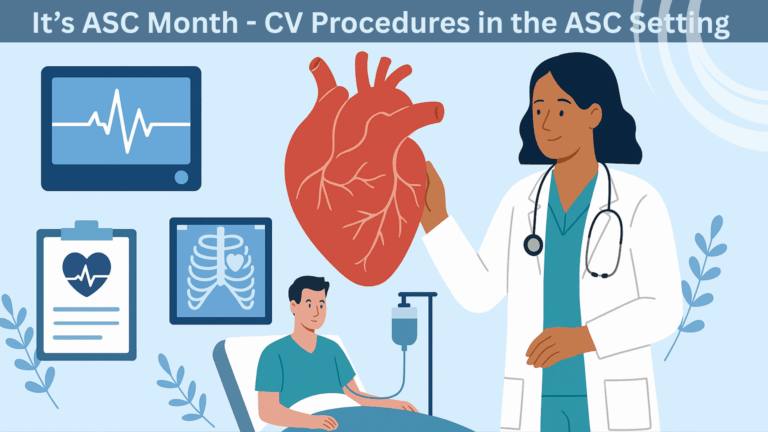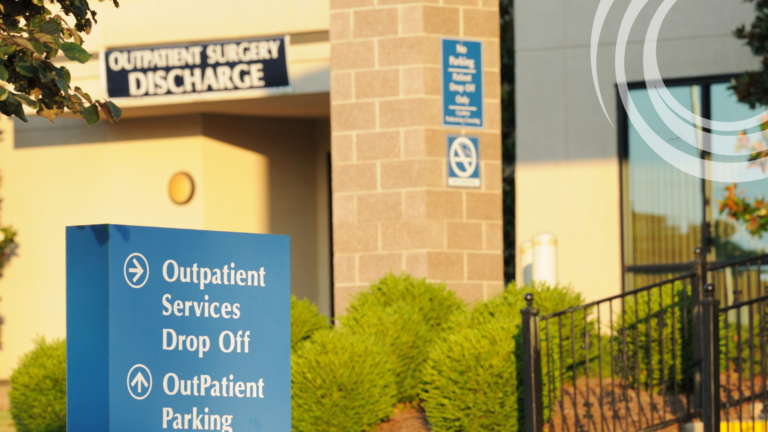Total joint replacements have been a game changer in the world of orthopedics, helping millions of people suffering from joint pain and arthritis to lead a more active and pain-free life. In the past, joint replacements were performed in a hospital setting and patients would need to stay for several days after the procedure. However, over the past 10 years, the shift in total joint replacements from a hospital operating room to an outpatient setting has grown exponentially. By 2026, it is predicted that over 50% of total joint replacements will be performed in an outpatient setting, including Outpatient Hospitals and Ambulatory Surgery Centers (ASCs). Both outpatient facilities provide diagnostic and preventative care, typically for less invasive, single-day surgeries. The shift from an inpatient hospital to an outpatient setting is driven by higher patient satisfaction, decreased post-operative risks, and more affordable care.
Reasons for the Shift
The shift towards outpatient total joint replacements has several benefits for patients. Firstly, it allows for a faster recovery time as patients can start physical therapy and other rehabilitation activities in the comfort of their own homes. This leads to a quicker return to daily activities and work, reducing the time and costs associated with an extended hospital stay. Additionally, outpatient total joint replacements also provide a more comfortable and familiar environment for the patient, reducing the stress and anxiety associated with a hospital stay. Patients can sleep in their own beds, have access to their own food and personal belongings, and have support from family and friends, which can greatly aid in the recovery process.
Some patients were initially hesitant to have surgery in an outpatient setting for safety and quality reasons. Numerous studies and evidence show that with new advanced surgical techniques, technology, and medical implants, conducting a total joint replacement in an outpatient setting is completely safe. In fact, outpatient total joint replacements have a lower risk of complications, such as infections, compared to traditional inpatient joint replacements. Based on your age, medical history, mobility, and home support, your physician will determine if an outpatient surgery is appropriate for you.
Outpatient total joint replacements are also a cost-effective option for patients. With shorter hospital stays, patients save on the costs associated with a hospital stay, such as room and board, medications, and other related expenses. Furthermore, since patients can start rehabilitation activities at home, they can avoid additional costs associated with rehabilitation facilities. On average, an outpatient total joint replacement costs 40% less than an inpatient surgery. Assuming 50% of total joint replacements are outpatient, annual savings will total $3 Billion, approximately $2 Billion from private insurance and $1 Billion from Medicare.
Real-Life Impact of Outpatient Total Joint Replacement
My family and I are experiencing the benefits that an outpatient Total Joint Replacement brings first-hand. About 7 years ago my mother had a total hip replacement. She was admitted to an inpatient unit at a hospital to undergo the surgery. Post-op, she stayed in the hospital for an additional 2 days and once discharged, had 6 weeks of rehabilitation and recovery to conquer. In anticipation for her other hip joint to be replaced, the shift to an outpatient setting makes the procedure feel less daunting. With the new minimally invasive technique and clinical expertise, surgeons replace the damaged joint and have the patient begin physical therapy then return home all within one day.
In conclusion, the trend toward outpatient total joint replacements is a positive development for patients, healthcare providers, and hospitals. With faster recovery times, reduced costs, and a more comfortable environment, it is a trend that is likely to continue in the future. If you are considering offering total joint replacements in the outpatient setting, contact us to understand how we can assist in this shift.

 company
company 
 (412) 364-8200
(412) 364-8200




























